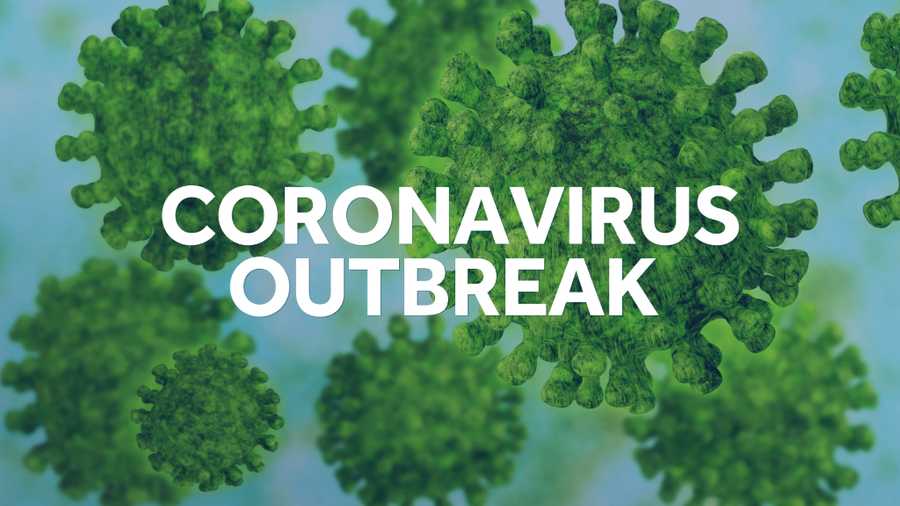By Dr Neil D’Cruze
In an unprecedented and rapid response to the deadly coronavirus outbreak, China has taken the commendable and courageous decision to impose a temporary nationwide ban on all wildlife trade. With an estimated 70% of all emerging diseases being of wild animal origin, there is no denying that the growing global trade in wildlife (whether it is legal or illegal) has been specifically cited as a disease transmission mechanism of growing global concern in recent decades.
After all, the combination of terrible animal suffering and lack of proper biosecurity measures at a typical “wet market” provide the perfect opportunity for pathogens, like viruses, to mutate and spread. Here, animals with weakened immunities, due to the stress and trauma from wild capture or intensive captive breeding, left to sit in their own urine and waste are an all too common sight. This, combined with close human contact can create a recipe for disaster.
In modern times the threat has grown to global proportions, as people capture wild animals from their natural habitats and transport and trade them dead or alive to different parts of the world, by land, sea and air. There are a complex range of factors that influence a country’s risk of transmitting zoonotic diseases from wild animals, and its ability to deal with the consequences. For example, based on the number of animals traded, our recent review of the CITES Trade Database identified a number of countries that warrant attention. In particular China, is the largest exporter of live mammals with 98,979 animals representing 58.7% of all global trade listed on this international treaty between 2011 and 2016 alone. 1.
However, this isn’t just about numbers, a novel deadly disease such as coronavirus can emerge from one single animal, and with wildlife markets such as the one in Wuhan found all over the world, the potential for this to keep occurring is a very real threat.
So what should be done? Rather than simply treating wild animals as “bags of disease” and attempting to eradicate pathogens or cull the wild animals that harbour them, efforts that decrease contact between wild animals and people could prove to be the most practical and cost effective approach in reducing the this global human health threat.
In the long-term we need to tackle the consumer demand for wildlife and their body parts. In the short-term, trade bans (like that now imposed by China) have also been proposed as a tool to help reduce the spread of the disease. However, if they are to be fully effective these bans should be global and underpinned by efforts to reduce demand.
China’s national ban on wildlife trade will prevent the terrible suffering endured by millions upon millions of wild animals traded for use as exotic pets, traditional medicine and meat across the country. Crucially, it will also put a stop to the horrific conditions they endure both in transportation and in the markets that serve as such a lethal hotbed of disease. Whether this ban is made permanent, and if adequate measures will be taken to safeguard the welfare of animals already caught up in wildlife trade remains to be seen. In the short term however, it will undoubtedly serve to protect wildlife and people.
There are many reasons to be concerned about the regulation of wildlife trade – from animal welfare, to conservation and ethics – but the risk posed by pathogens (and of emerging zoonoses), as we can see with the current coronavirus outbreak can be not be under-estimated and must be urgently addressed.
Dr Neil is the Head of Wildlife Research, World Animal Protection
1 Can ÖE, D’Cruze N, Macdonald DW. Dealing in deadly pathogens: Taking stock of the legal trade in live wildlife and potential risks to human health. Glob Ecol Conserv. 2019;17. doi:10.1016/j.gecco.2018.e00515











